A cybersecurity club for girls | Hello World #18
In this article adapted from Hello World issue 18, teacher Babak Ebrahim explains how his school uses a cybersecurity club to increase interest in Computing among girls. Babak is a Computer Science and Mathematics teacher at Bishop Challoner Catholic College Secondary in Birmingham, UK. He is a CAS Community Leader, and works as a CS Champion for the National Centre for Computing Education in England.
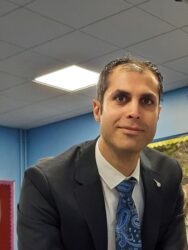
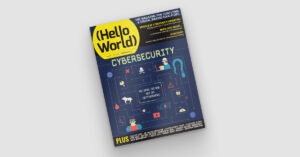
Cybersecurity for girls
It is impossible to walk into an upper-secondary computer science lesson and not notice the number of boys compared to girls. This is a common issue across the world; it is clear from reading community forums and news headlines that there is a big gap in female representation in computing. To combat this problem in my school, I started organising trips to local universities and arranging assembly talks for my Year 9 students (aged 13–14). Although this was helpful, it didn’t have as much impact as I expected on improving female representation.
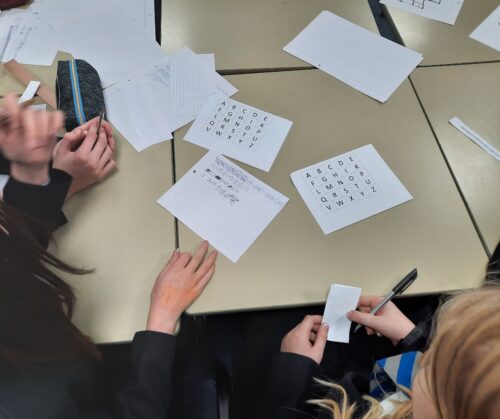
This led me to alter our approach and target younger female students with an extracurricular club. As part of our lower-secondary curriculum, all pupils study encryption and cryptography, and we were keen to extend this interest beyond lesson time. I discovered the CyberFirst Girls Competition, aimed at Year 8 girls in England (aged 12–13) with the goal of influencing girls when choosing their GCSE subjects (qualifications pupils take aged 14–16). Each school can enter as many teams as they like, with a maximum of four girls in each team. I advertised the event by showing a video of the previous year’s attendees and the winning team. To our delight, 19 girls, in five teams, entered the competition.
Club activities at school
To make sure that this wasn’t a one-off event, we started an after-school cybersecurity club for girls. All Computing teachers encouraged their female students to attend. We had a number of female teachers who were teaching Maths and Computing as their second subjects, and I found it more effective when these teachers encouraged the girls to join. They would also help with running the club. We found it to be most popular with Year 7 students (aged 11–12), with 15 girls regularly attending. We often do cryptography tasks in the club, including activities from established competitions. For example, I recently challenged the club to complete tasks from the most recent Alan Turing Cryptography Competition. A huge benefit of completing these tasks in the club, rather than in the classroom, was that students could work more informally and were not under pressure to succeed. I found this year’s tasks quite challenging for younger students, and I was worried that this could put them off returning to the club. To avoid this, I first taught the students the skills that they would need for one of the challenges, followed by small tasks that I made myself over two or three sessions.
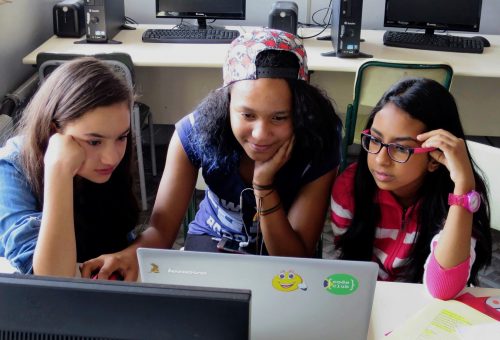
For example, one task required students to use the Playfair cipher to break a long piece of code. In order to prepare students for decoding this text, I showed them how the cipher works, then created empty grids (5 x 5 tables) and modelled the technique with simple examples. The girls then worked in teams of two to encrypt a short quote. I gave each group a different quotation, and they weren’t allowed to let other groups know what it was. Once they applied the cipher, they handed the encrypted message to another group, whose job was to decrypt it. At this stage, some would identify that the other group had made mistakes using the techniques, and they would go through the text together to identify them. Once students were confident and competent in using this cipher, I presented them with the competition task, and they then applied the same process. Of course, some students would still make mistakes, but they would realise this and be able to work through them, rather than being overwhelmed by them. Another worthwhile activity in the club has been for older pupils, who are in their second year of attending, to mentor and support girls in the years below them, especially in preparation for participating in competitions.
Trips afield
Other club activities have included a trip to Bletchley Park. As a part of the package, students took part in a codebreaking workshop in which they used the Enigma machine to crack encrypted messages. This inspirational trip was a great experience for the girls, as they discovered the pivotal roles women had in breaking codes during the Second World War. If you’re not based in the UK, Bletchley Park also runs a virtual tour and workshops. You could also organise a day trip to a local university where students could attend different workshops run by female lecturers or university students; this could involve a mixture of maths, science, and computer science activities.
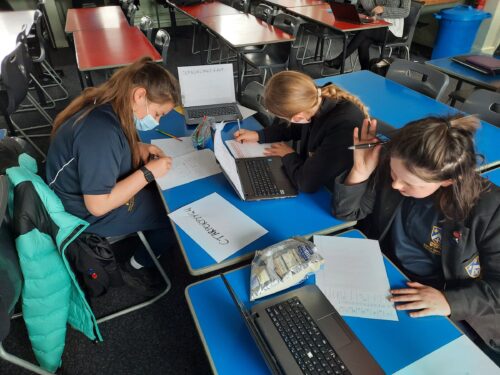
We are thrilled to learn that one of our teams won this year’s CyberFirst Girls Competition! More importantly, the knowledge gained by all the students who attend the club is most heartening, along with the enthusiasm that is clearly evident each week, and the fun that is had. Whether this will have any impact on the number of girls who take GCSE Computer Science remains to be seen, but it certainly gives the girls the opportunity to discover their potential, learn the importance of cybersecurity, and consider pursuing a career in a male-dominated profession. There are many factors that influence a child’s mind as to what they would like to study or do, and every little extra effort that we put into their learning journey will shape who they will become in the future.
What next?
Find out more about teaching cybersecurity
- Cybersecurity is the theme of issue 18 of Hello World, available as a free PDF download. IT includes articles, resources, and opinion pieces from educators who share their experience of teaching cybersecurity to learners
- Our free online courses ‘Introduction to Cybersecurity for Teachers‘ and ‘Introduction to Encryption and Cryptography‘ will support you to build the skills and knowledge you need for your classroom
- We also help you teach cybersecurity by including this topic in the free Teach Computing Curriculum classroom resources for ages 5 to 16, and in the free Isaac Computer Science online learning platform for GCSE and A level.
Find out more about the factors influencing girls’ and young women’ engagement in Computing
- We are currently completing a four-year programme of research about gender balance in computing. Find out more about this research programme.
- At our research seminar series, we welcomed Peter Kemp and Billy Wong last year, who shared results from their study of the demographics of students who choose GCSE Computer Science in England. Watch the seminar recording.
- Katharine Childs from our team had summarised the state of research about gender balance in computing. Watch her seminar, or read her report.
- Last year, we hosted a panel session to learn from various perspectives on gender balance in computing. Watch the panel recording.

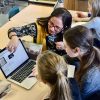
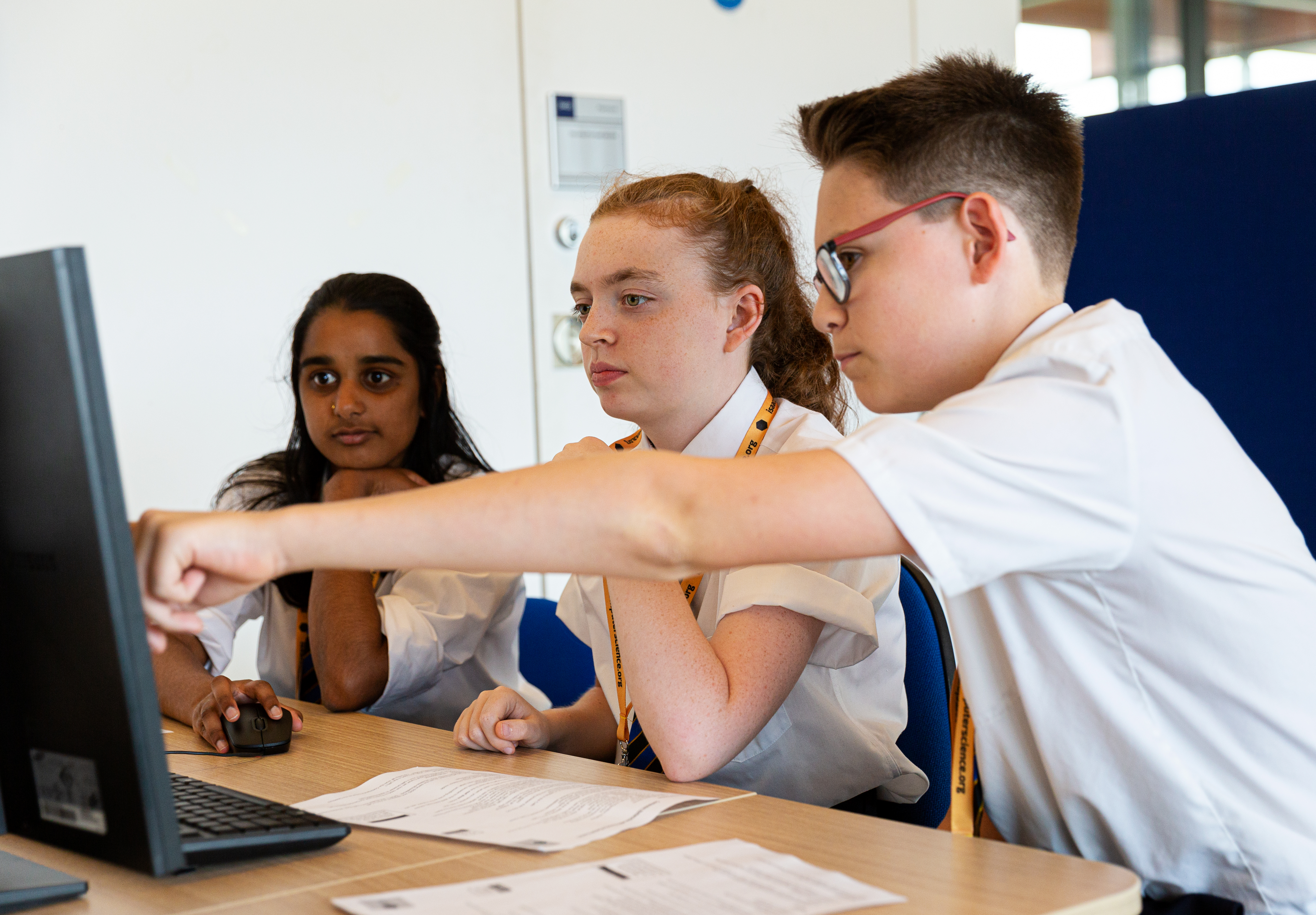

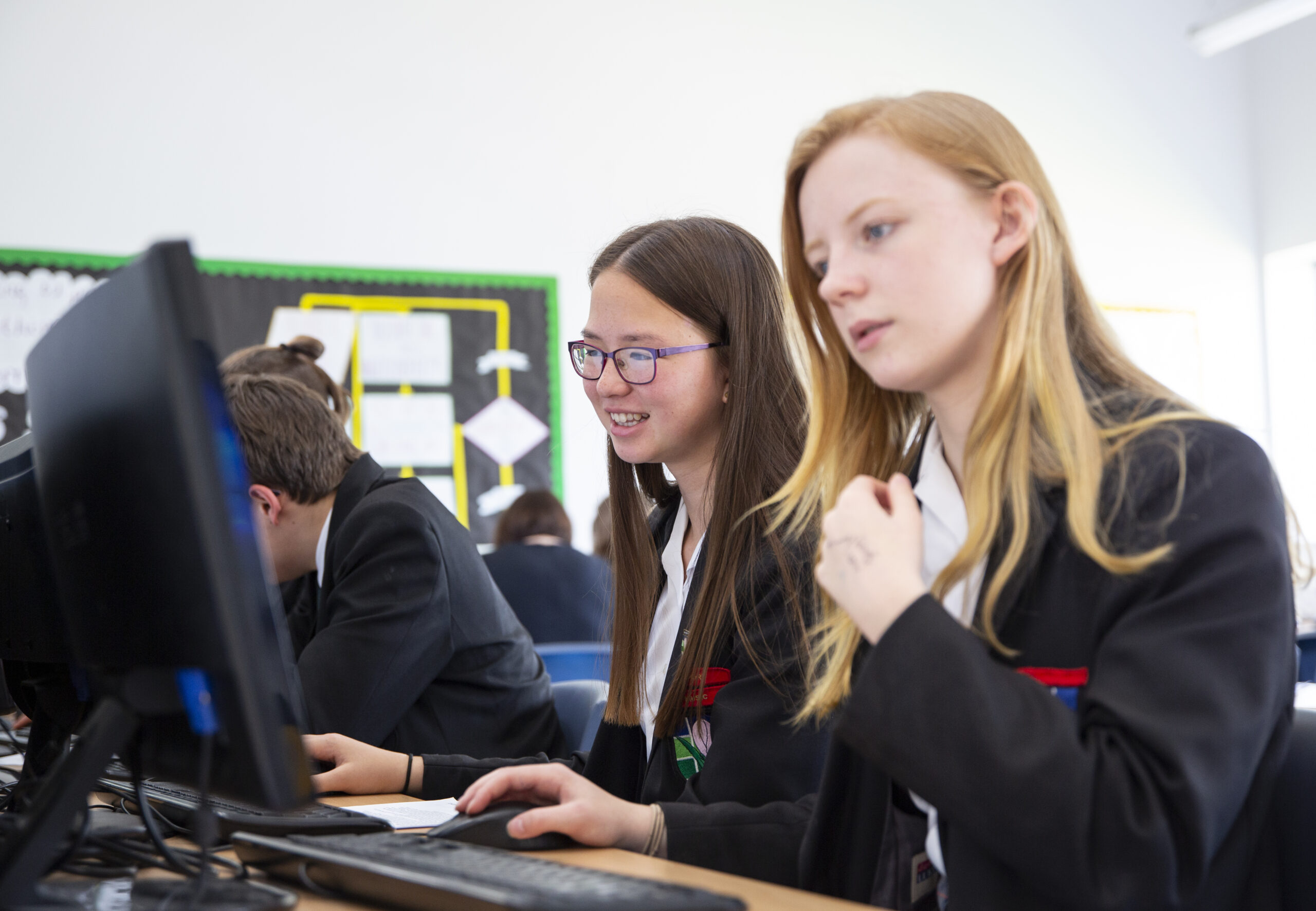


1 comment
Niels
Thanks for sharing, sounds like a good approach to actively engage girls in computing. Personally I always find it difficult to balance between teaching something that is too simple but doable and something that is too difficult and no fun. This competition sounds like a nice way to work towards a goal that is not too far off in the future. You can always start to decypher enigma further in the future :)